|
LA6NCA |
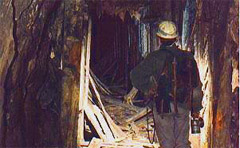 |
|
LA6NCA |
 |
NEW !!!!
OPTICAL COMMUNICATIONS
- 1935 STYLE, D.W.ROLLEMA, PA0SR
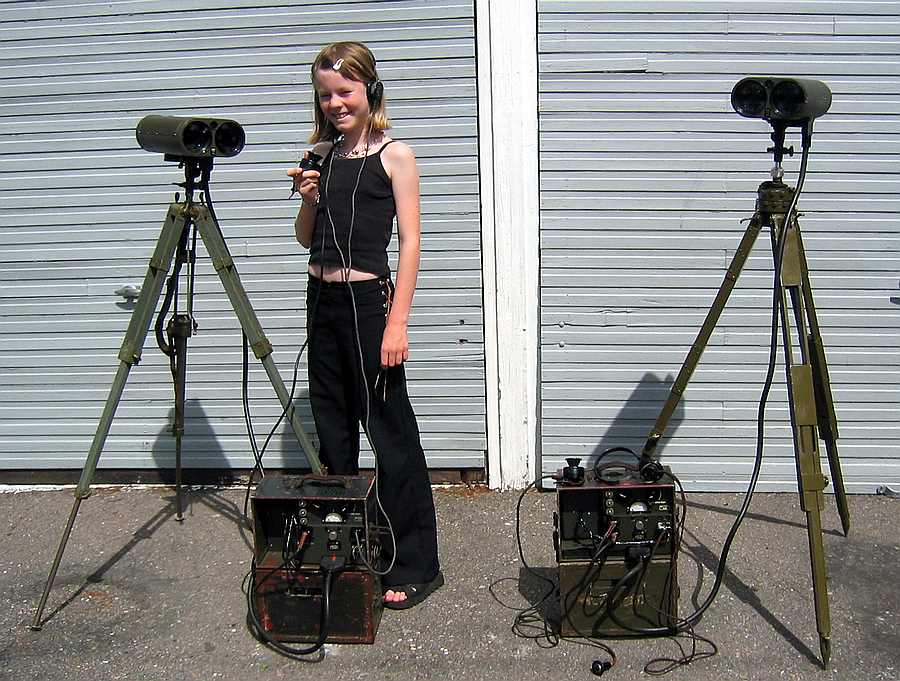
| Amplifier 1: Amplifier 2: Optic 1: Optic 2: |
Serial No 187511 Serial No 196086 Serial No 217675 Serial No 211093 |
Year 1937 Year 1939 Year 1940 Year 1940 |
\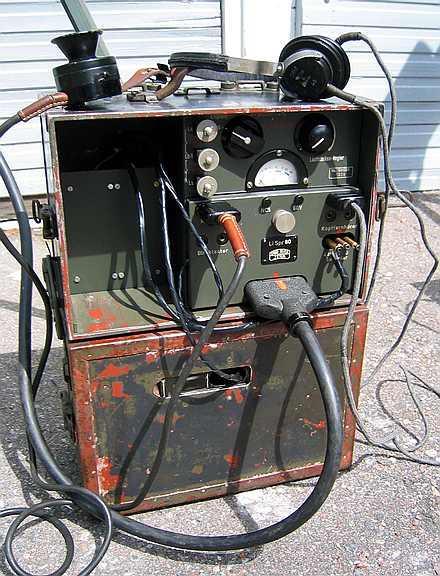 |
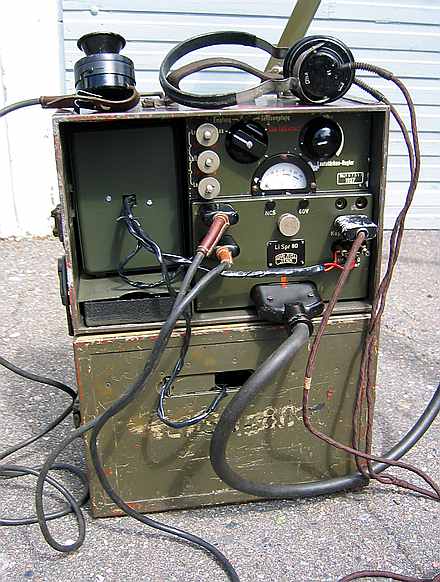 |
This is a 2-way audio communication
equipment. The light beam is modulated with a
light phase modulator. Red or IR filter can be inserted in the
beam. |
Technical data from the handbook:
| Optic | Receiver - 80 mm Transmitter - 80 mm |
| Tubes | Receiver, 3 - RV2P800 Transmitter, 2 - RV2P800 |
| Detector | Thalofidezelle |
| Filters | Reed, visible Reed, IR, invisible |
| Range | 4 km without filter 4 km with reed filter 2-3 km with IR filter |
| Power | 2 VDC, filament 4.8 VDC, bulb 50 VDC, detector 60 VDC, anode voltage |
Here are pictures from
the second 2-way test of my LiSpr-80’s.
The distance between station A and
B was 2000 meters.
The test was done on the island Fur in Denmark 12. jun. 2004.
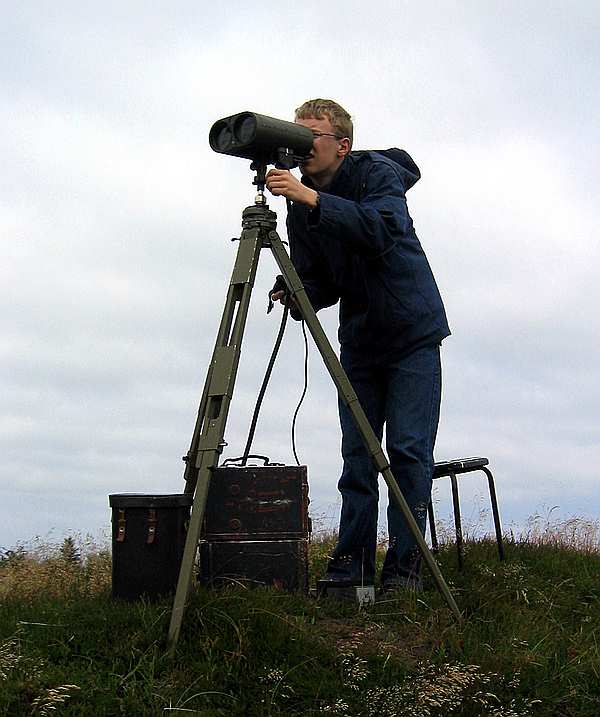
Egil adjust the direction of the optic at
position A.
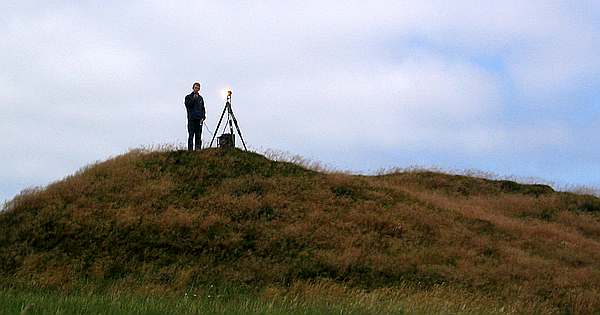
Station A is located on an old barrow.

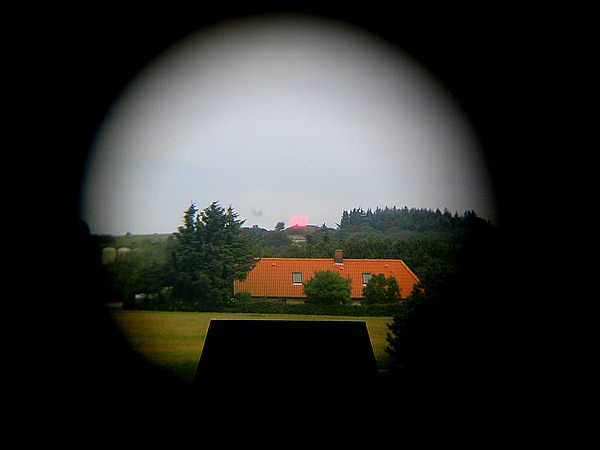
Here is the direction finder of LiSpr.80.
The red area in the picture is the actual light beam transmitted
from LiSpr-80.
This is the size of the beam at a distance of 2km.
The black rectangle at bottom of the photo is the transmitter
modulation monitor.
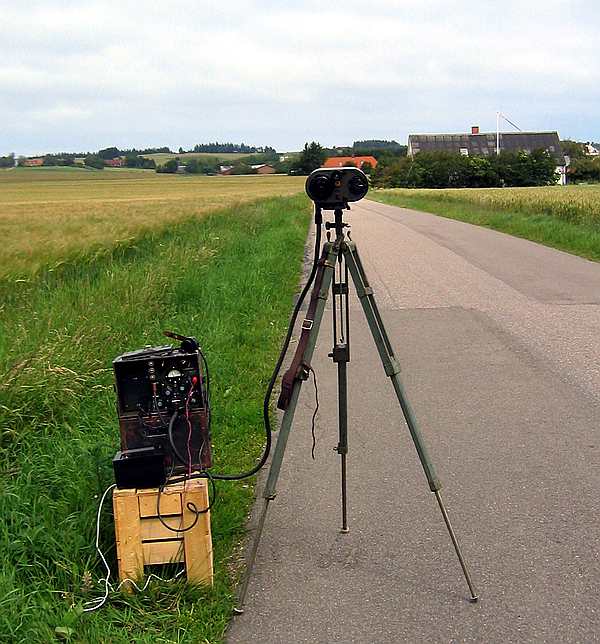
This is the actual distance from position B to position A.
The light beam from station A can not been seen on the photo, but
it can bee seen with the eyes.
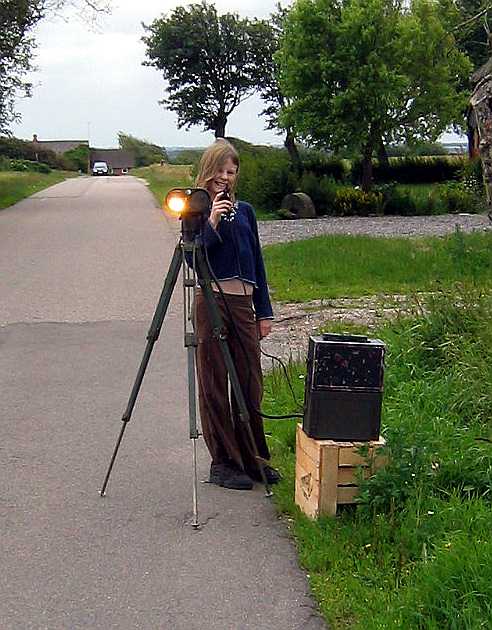
Marie at position B.
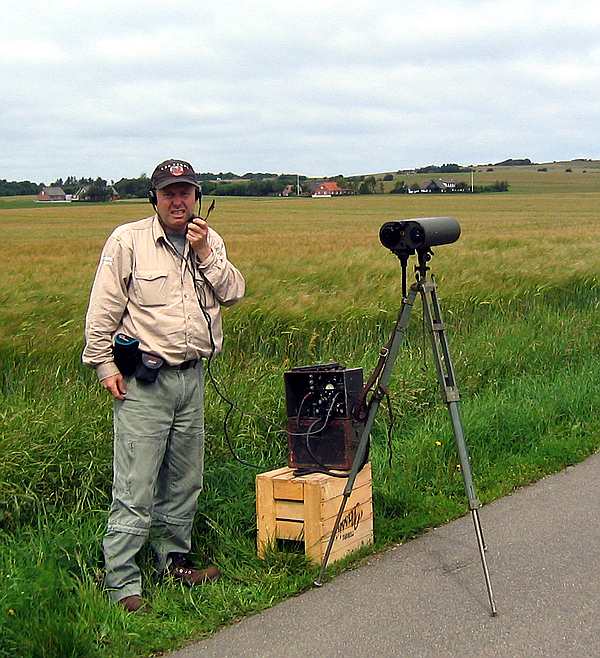
The communication is very good.
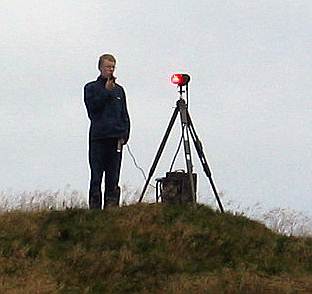
We also tested communication with red filters
with good results. The light beam was invisible with red filters
at 2km.
Here are pictures from the first
2-way test of my LiSpr-80’s.
I have worked on the equipment in one year before this test.
Both the optics and electronics are restored. A new power supply
is also designed.
The power supply deliver all the voltages needed for operation of
the LiSpr-80.
The distance between the two LiSpr-80 were 300 meters.
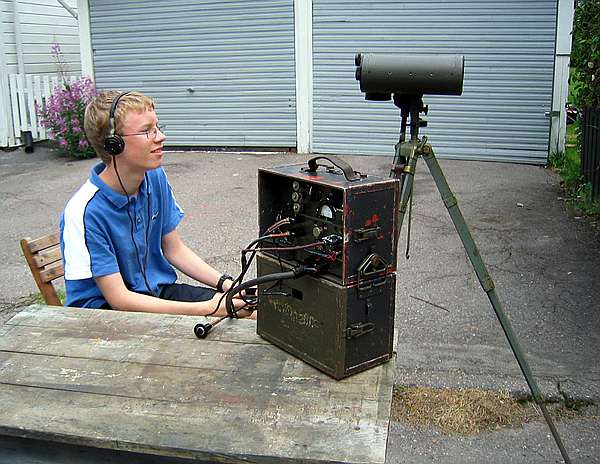
Egil at position A. The first signal received.
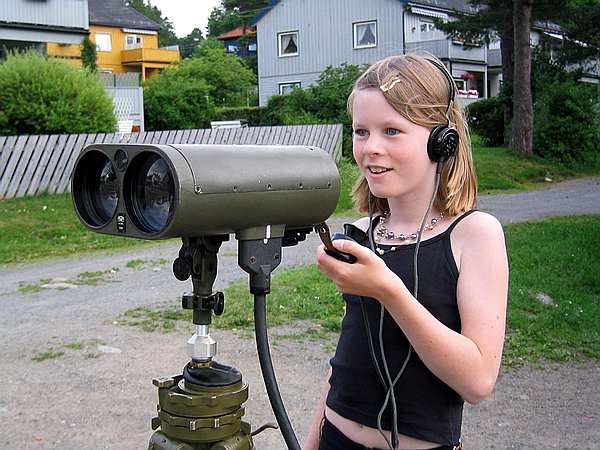
Marie at position B.
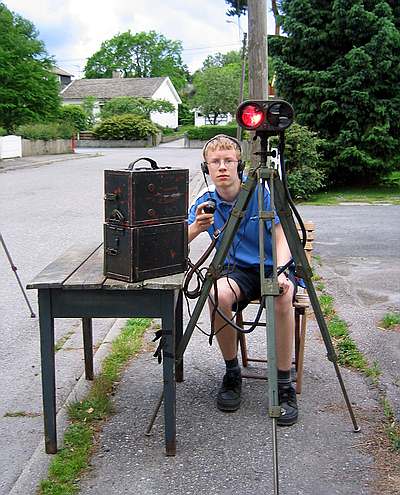
Egil have here switched on the reed filter.
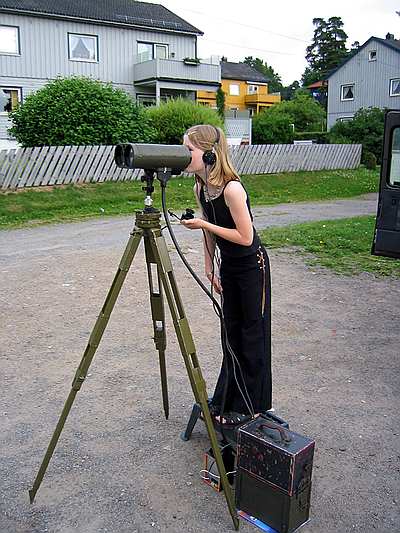
Marie has fine-tuned the direction with the direction-finder
optic.
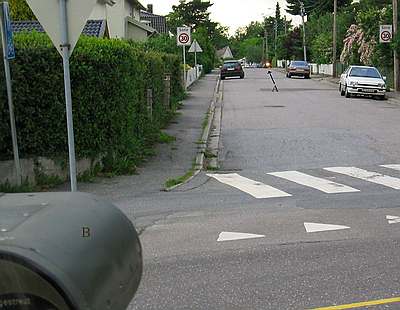
Here is the light from position A. Here with white light.
These are pictures from
the first test of communication to and from a reflex.
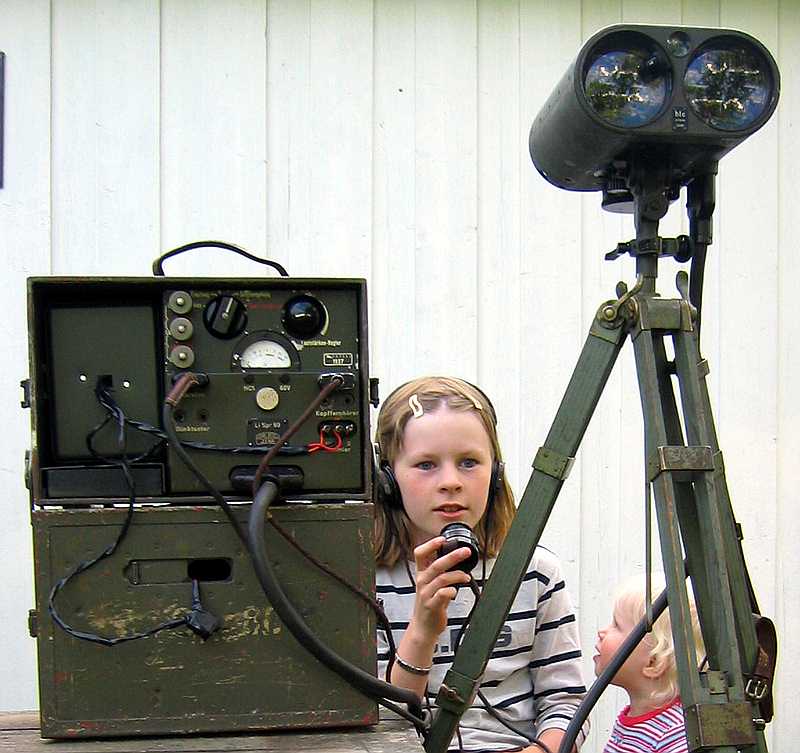
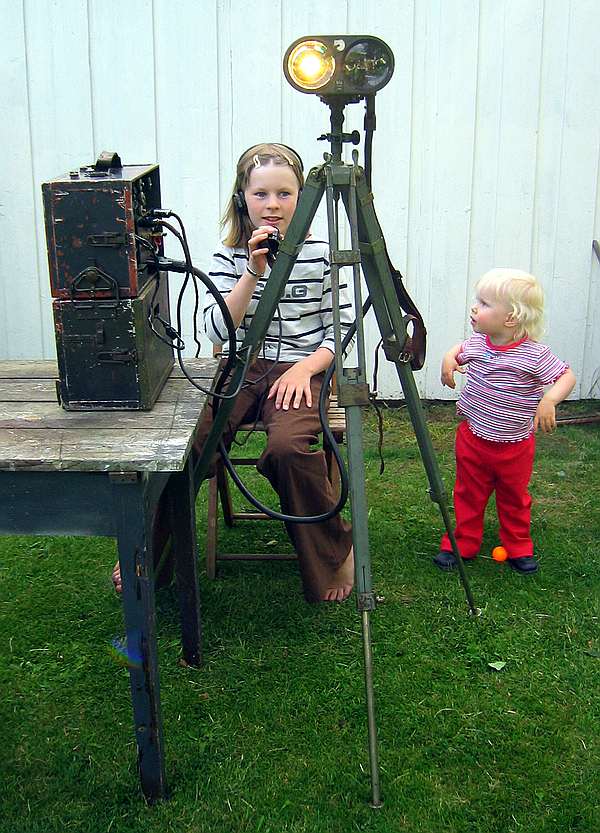
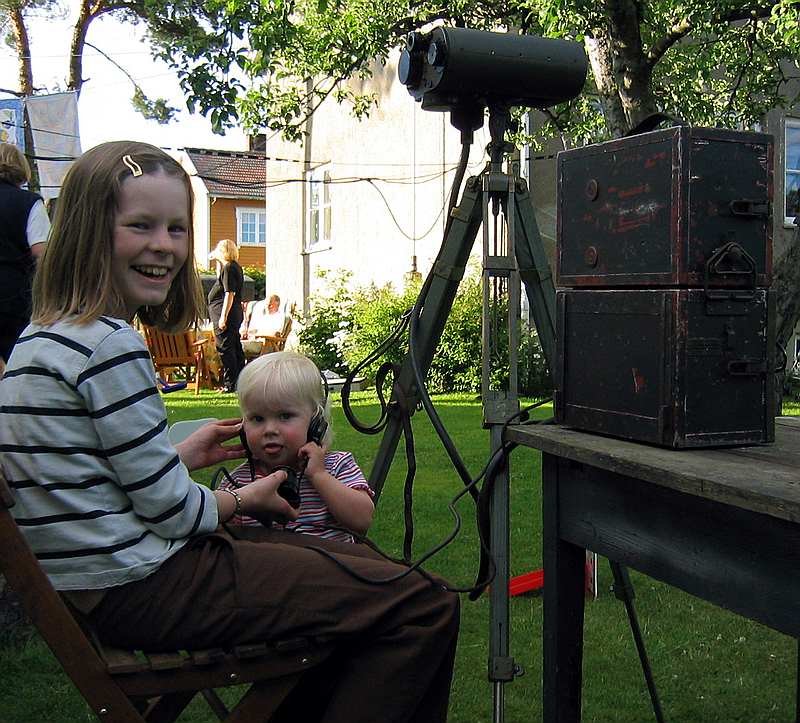
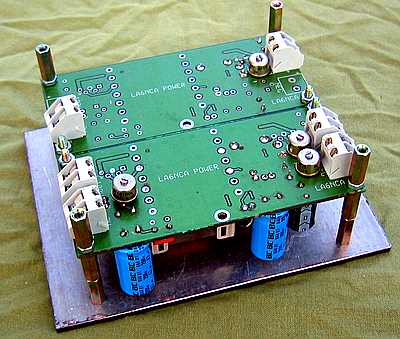
| LA6NCA Power, Input: 12VDC Output: 2V, -1.5V, 4.8V and 60V |
| Remco Caspers have sent me this interesting
information: I am attaching some pictures related to the Li.Spr.80 that you may find interesting. These were taken near Ohama Beach in Normandy in Wiederstands Nest 62 (W.N. 62) which caused a lot of problems for the Americans on D-day (This is in front of the beach sector where Frank Cappa took his famous photographs). This little bunker actually used to house a Li.Spr.80 and was used for communication with the command bunker further inland. In the first picture you can see the church spire of Colleville in the distance, the command bunker with the other Li.Spr.80 was situated slightly to the left of the church, currently obstructed by dense vegetation. The distance was about 1500 m, so well within the range of the Li.Spr.80 although I can imagine that during the bombardments on D-day, visibility must have been significantly reduced. One of the surviving Germans described that before D-day, they often placed the microphone of the Colleville station near a radio, so that they could listen to music in W.N. 62! The second picture shows the slit through which the light beam was projected. One of the survivors describes that when they abandoned W.N. 62 in the afternoon of D-day, he actually carried the Li.Spr.80 with him, only to discard it in the bushes halfway through the journey to the command post, it might still be there! I found it quite interesting to find out that this piece of equipment actually played a role during one of the most famous operations of the war. Further equipment used on W.N.62 was a Torn.Fu.b1, used by an artillery observation party to communicate with the battery placed about 6 km inland. Again the observation post and small radio bunker still survive. |
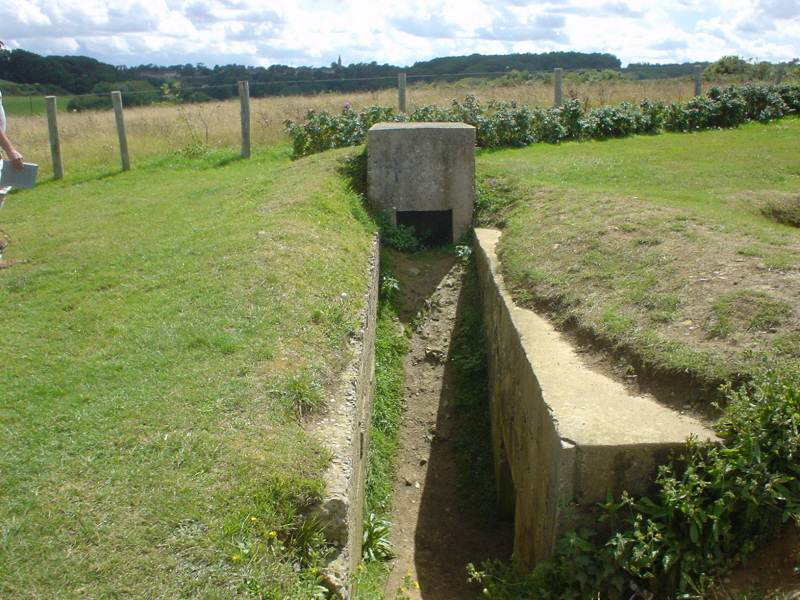
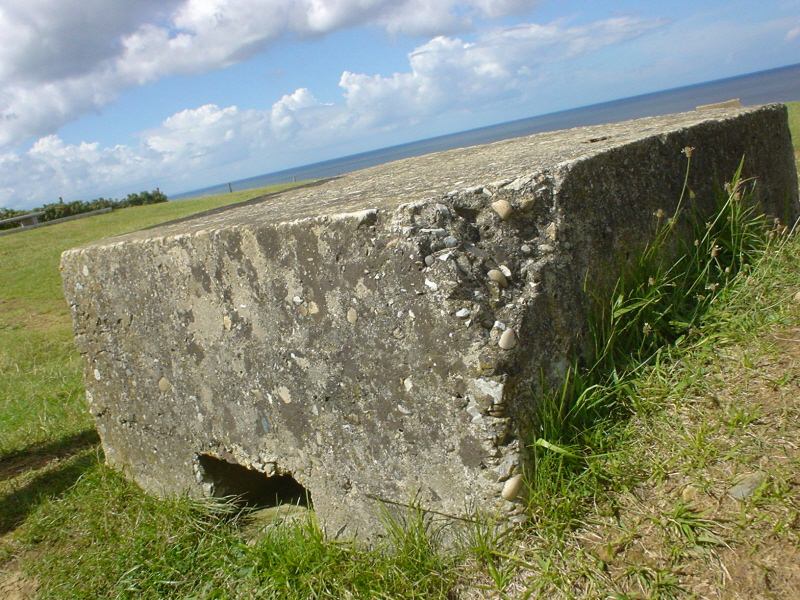
Lichtsprechgerät 80 in use.
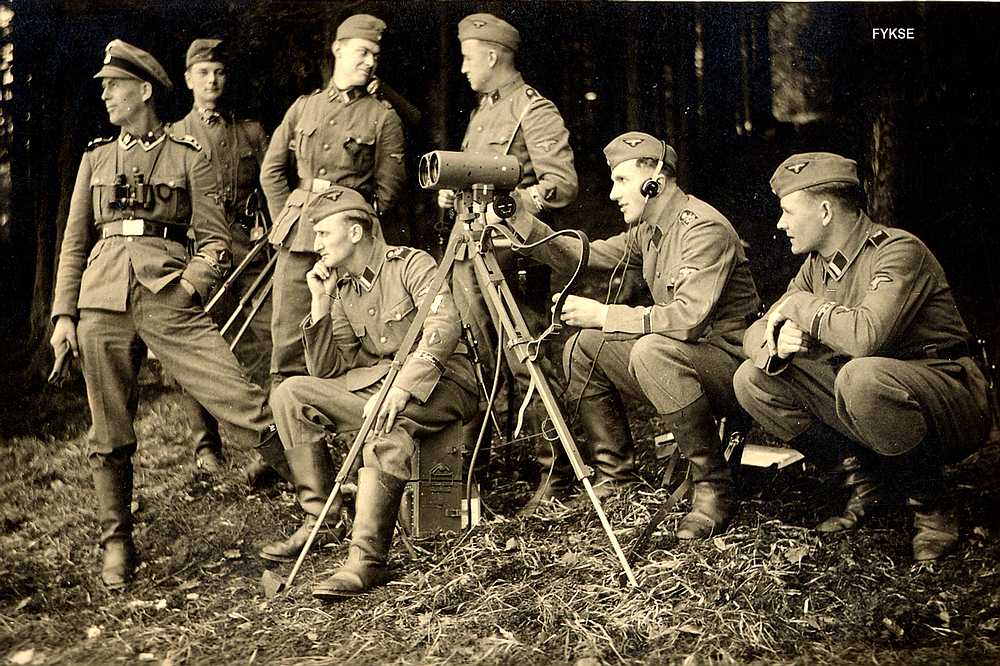
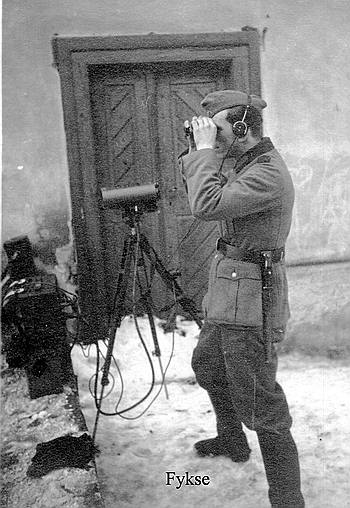
Lichtsprechgerat 80 in use. Communication via light.
Pictures are owned by LA6NCA.